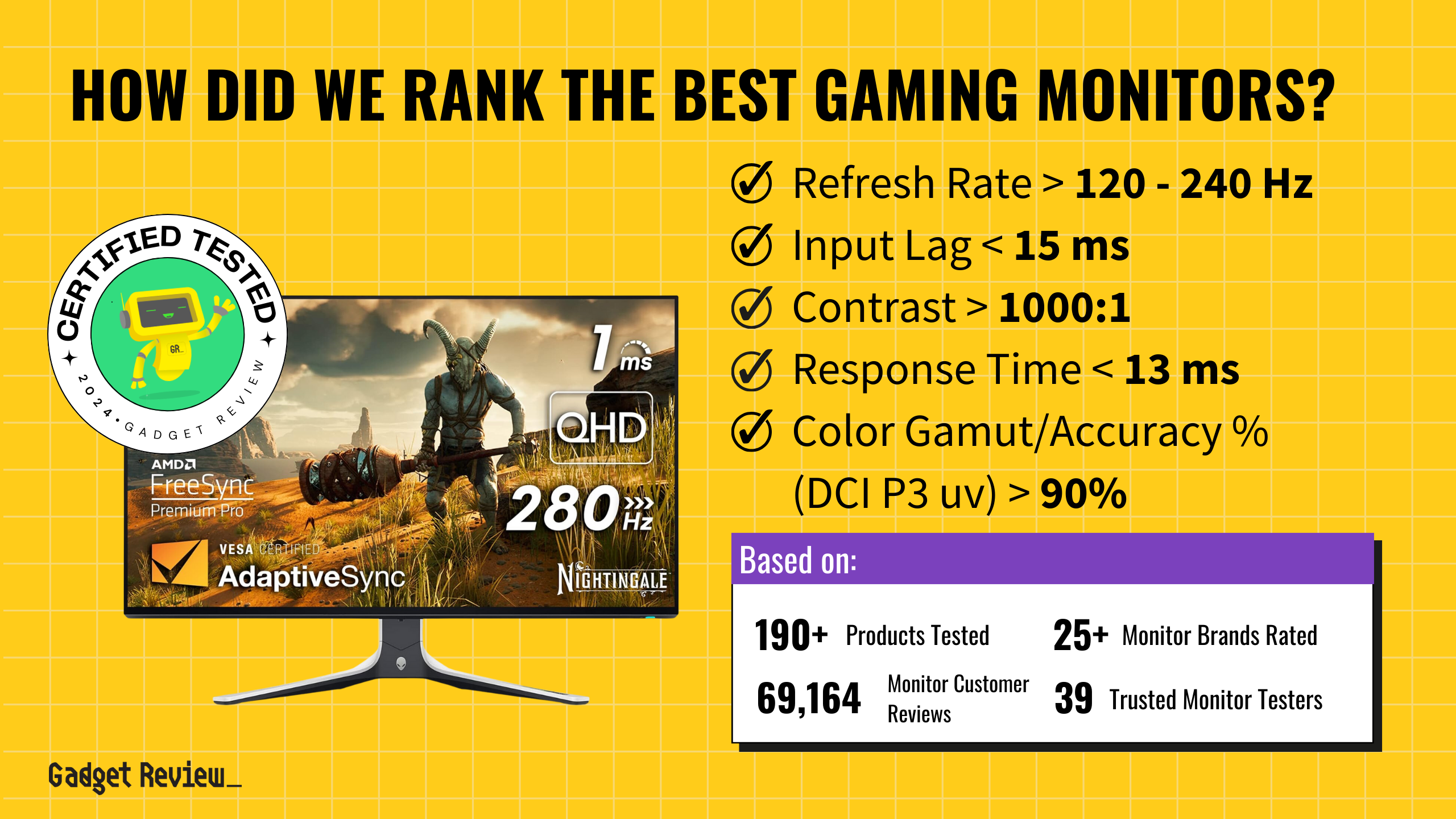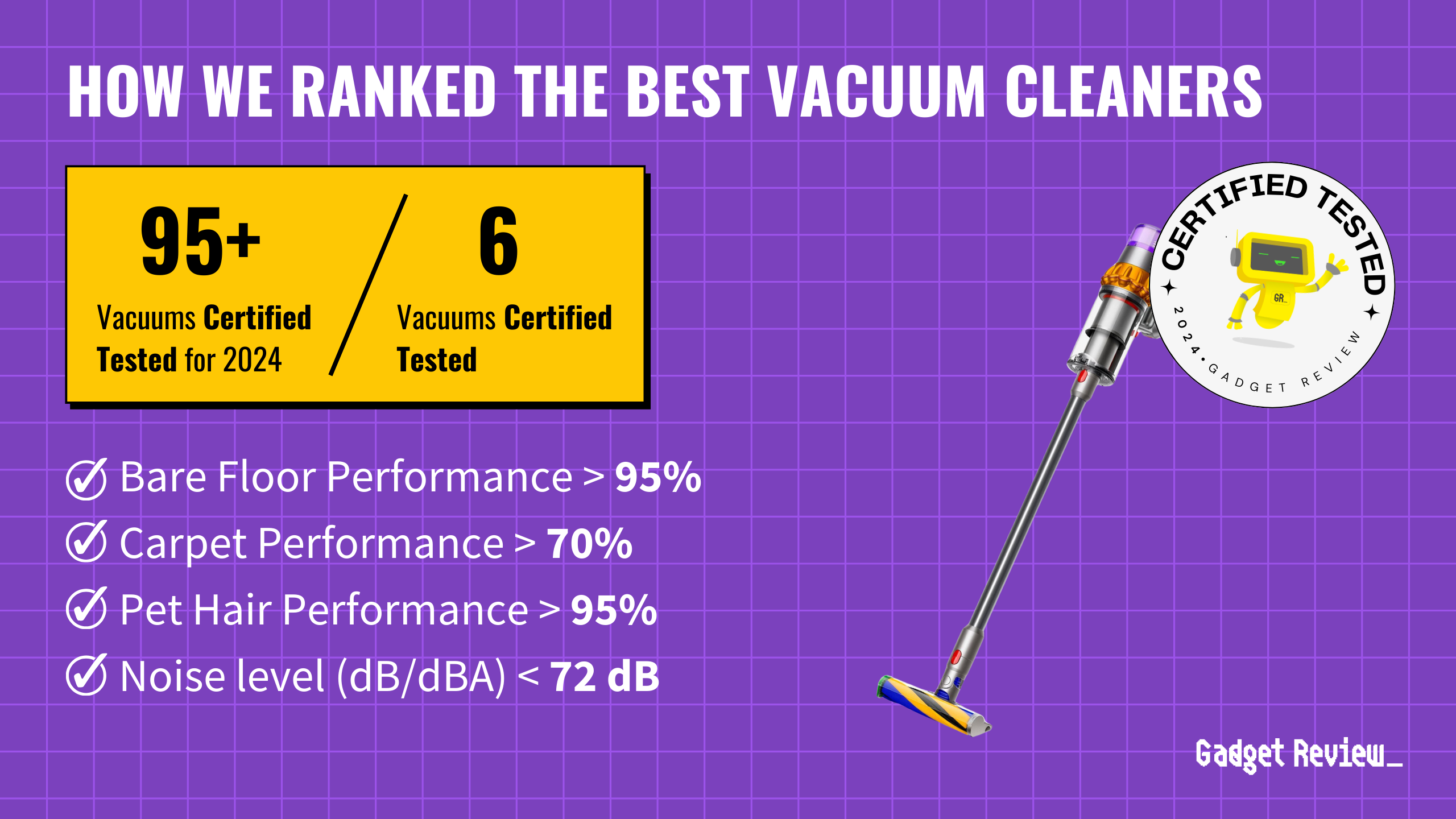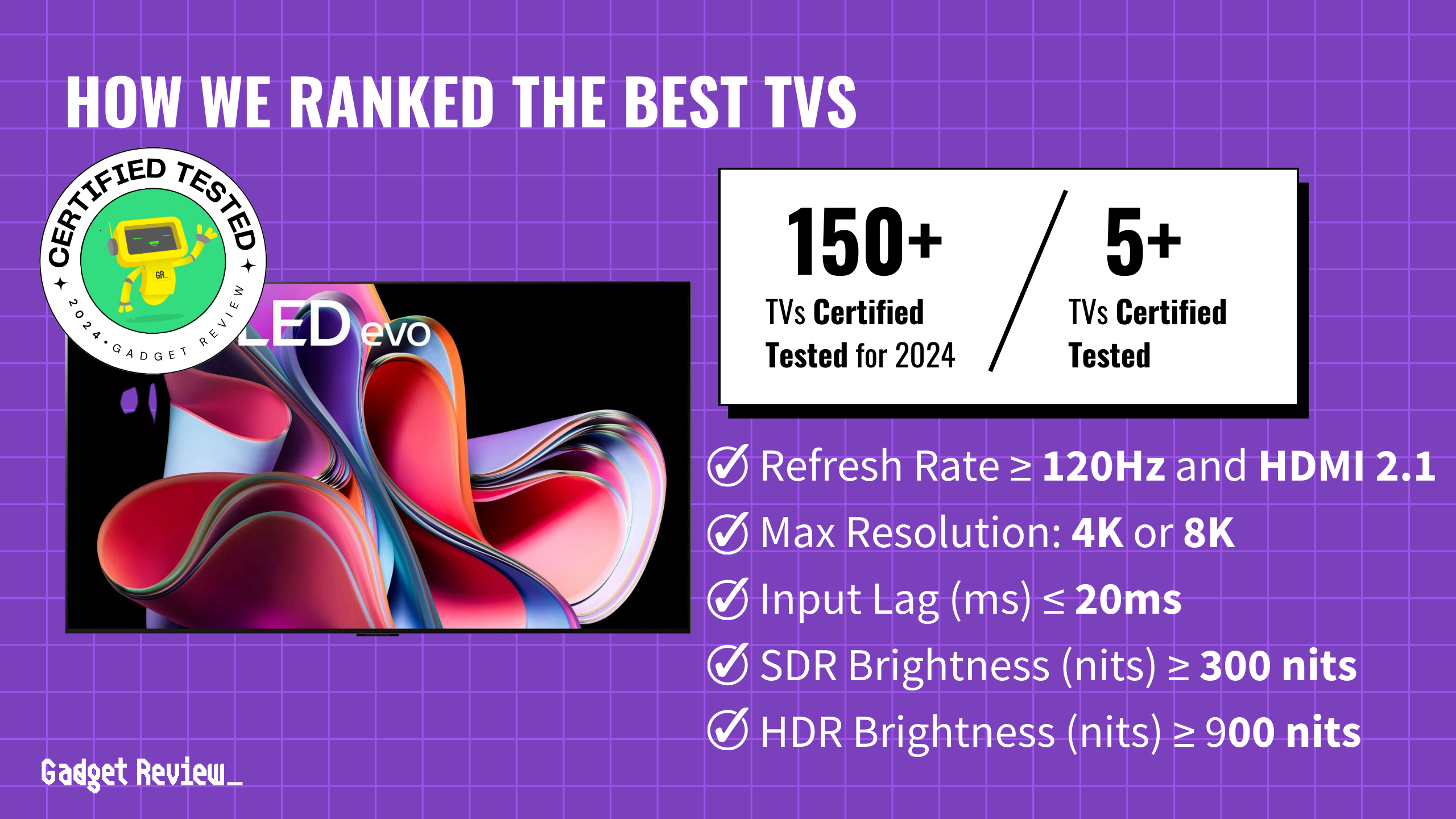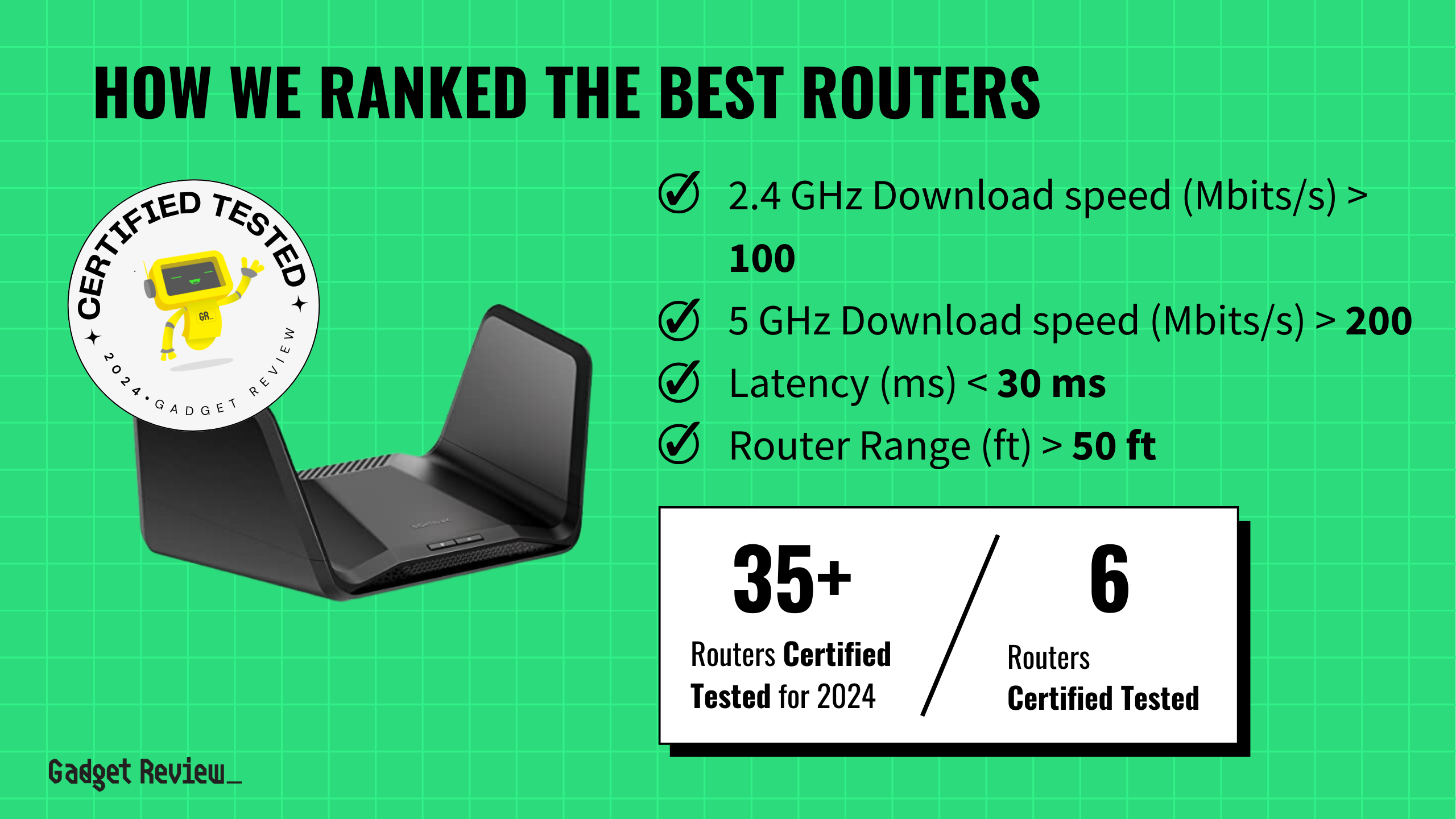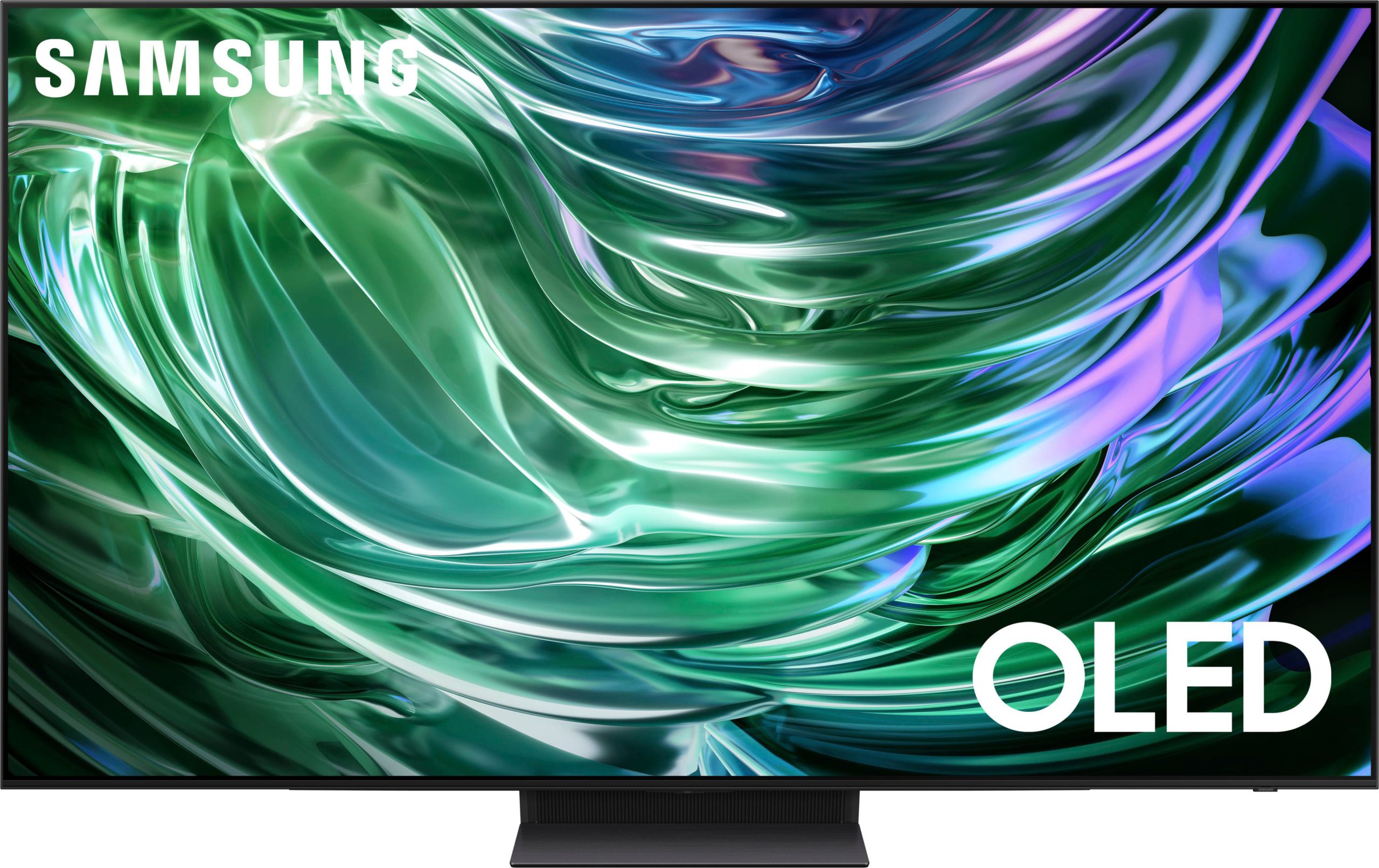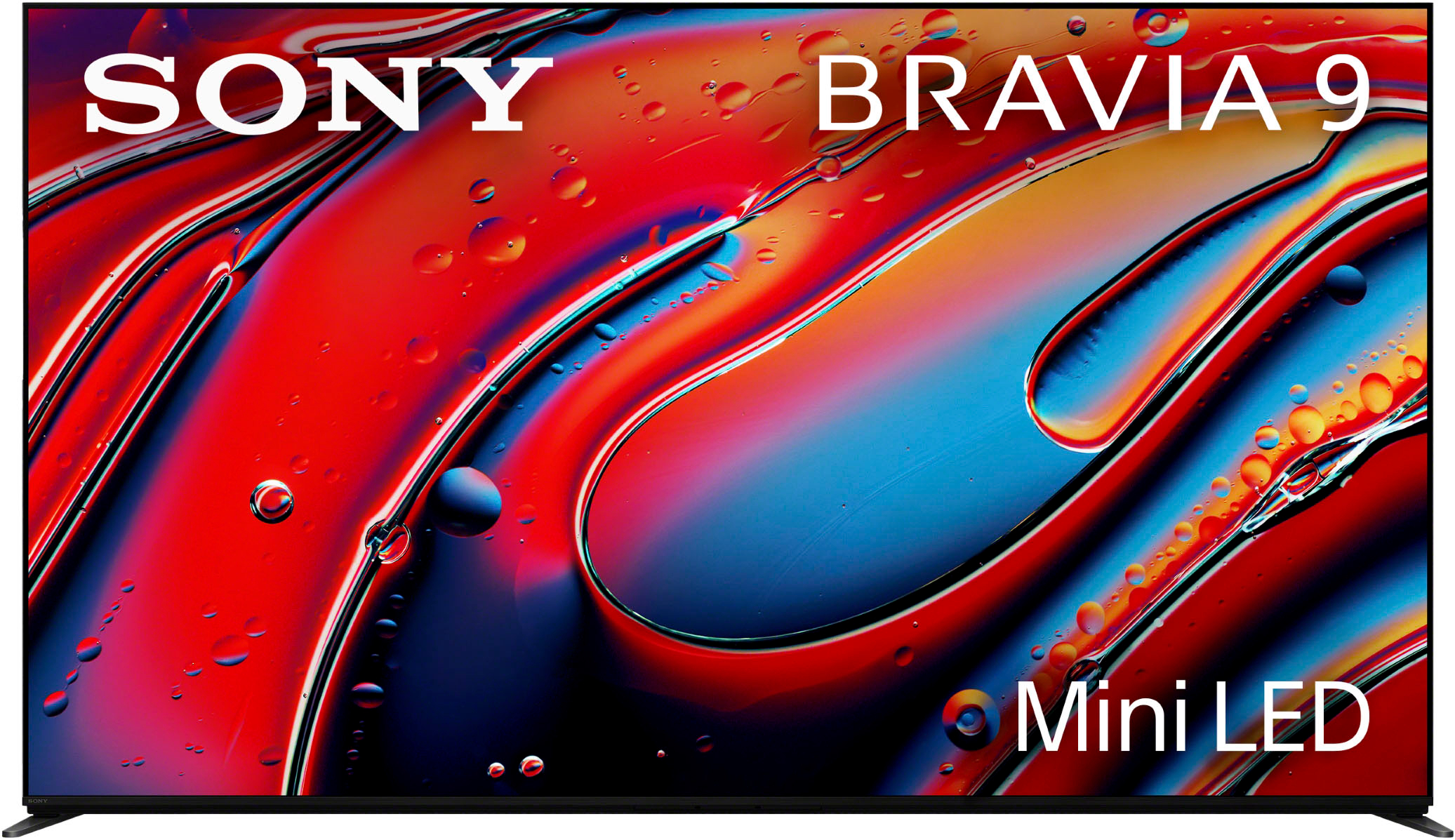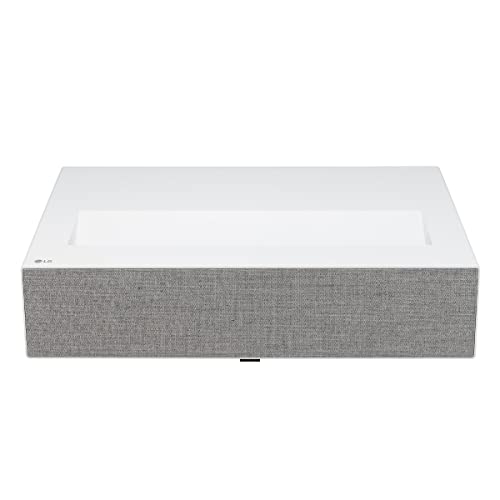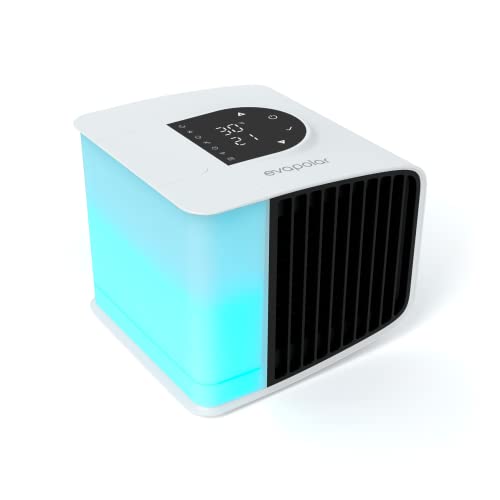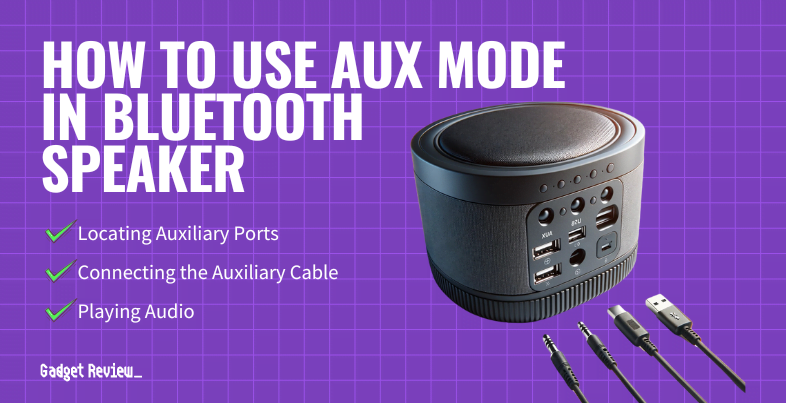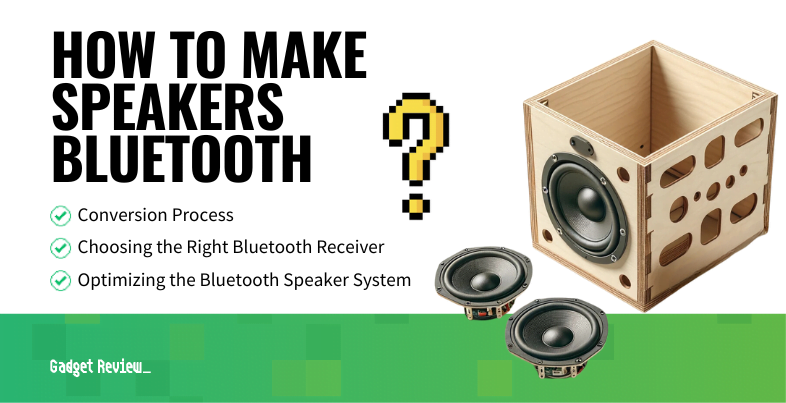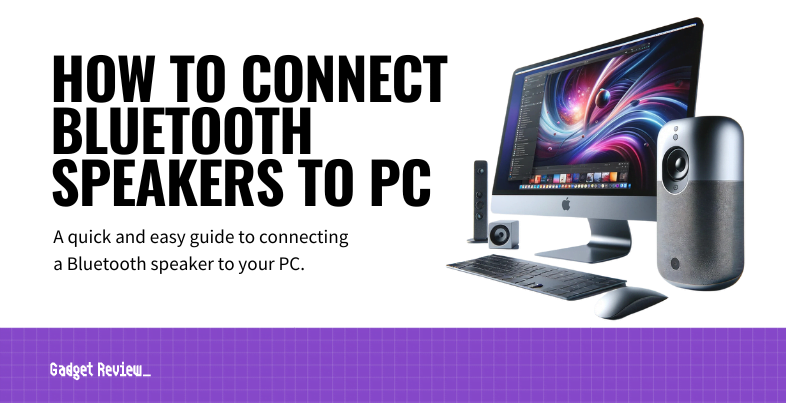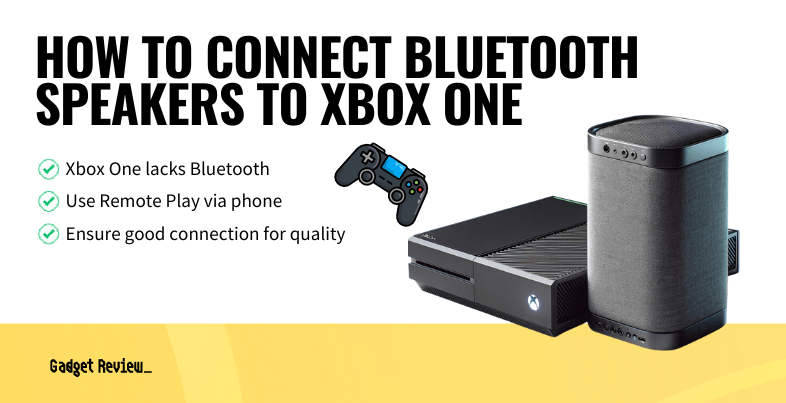Nvidia announced a breakthrough in graphics technology with RTX Neural Texture Compression, demonstrating up to 96% reduction in VRAM usage while maintaining visual quality in a beta demonstration.
Why it matters: The technology fundamentally changes how graphics cards handle memory, potentially solving VRAM limitations that have plagued recent GPU releases and enabling higher-quality textures with less memory.
Technical Innovation: RTX Neural Texture Compression leverages artificial intelligence to revolutionize how textures are stored and processed, introducing several groundbreaking capabilities:
- Compresses thousands of textures in minutes
- Loads neural representations directly to memory
- Maintains visual quality despite massive compression
Performance Impact: The new compression technology demonstrates unprecedented efficiency gains across multiple applications:
- Up to 96% reduction in VRAM usage
- 5x faster material processing
- Real-time texture decompression
The technology arrives at a crucial time as modern games demand increasingly more VRAM, with current high-end cards like the RTX 5080 shipping with 16GB. By reducing memory requirements so dramatically, Nvidia opens the possibility for higher quality textures on lower-end hardware.
Game developers stand to benefit significantly from this advancement. The ability to process complex shader code up to five times faster enables the use of film-quality assets while maintaining game-ready frame rates. This could lead to more visually impressive games without requiring hardware upgrades.
Currently in beta testing on the RTX 4090, the technology will eventually be integrated into Nvidia’s SDK suite, including the RTX Global Illumination SDK. While specific release dates remain unannounced, the technology is expected to appear in future GPU releases.
The implications extend beyond gaming. Content creators, 3D artists, and professionals working with large texture datasets could see significant workflow improvements and reduced hardware requirements for their work.












